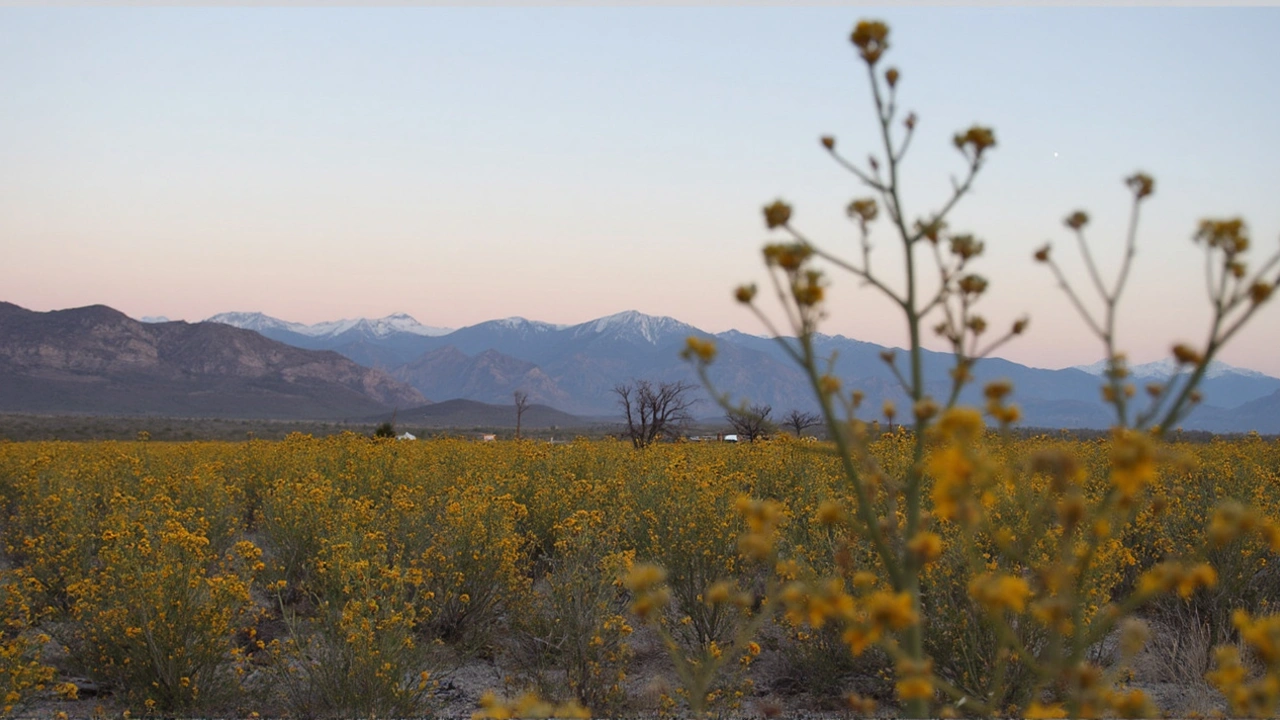Progress and Setbacks: The Long Road Since the First Earth Day
Back in April 1970, over 20 million Americans made history, marching and rallying to push the environment onto the national stage. Out of that movement came some of the strongest environmental laws in U.S. history. Think about it: Clean Air Act, Clean Water Act, and the Endangered Species Act all landed in the years after that first Earth Day and all under a Republican president—Richard Nixon. This wasn’t a political fight back then; Americans agreed the sky shouldn't be orange with smog and rivers shouldn’t catch fire.
Fast-forward 55 years, and that commitment gave us major wins. According to recent EPA data, common air pollutants have dropped by a whopping 78% since 1970. People living in cities with once-toxic air now breathe cleaner. Water quality in many lakes and rivers turned around because industries had to clean up their messes. These wins didn’t happen overnight—they took a mix of citizen pressure, science, and smart policy.
Local Heroes: Communities Driving Conservation
Now, some of the most inspiring stories aren’t coming from Capitol Hill—they’re playing out in backyards, along riverbanks, and in local fields. In Oregon, for example, the McKenzie River Trust has built a reputation for quietly making a difference. Take the Ferguson Creek Working Lands Conservation Easement: landowners Trey and Tammie Hagen worked with the Trust to set aside 150 acres. Their land, complete with streams, farms, and timber, is now protected for future generations. This isn’t just good for birds and fish—it safeguards water quality for everyone downstream. That’s community-driven environmental protection in action.
The McKenzie River Trust has captured stories like these in its On This Land series. The goal isn’t just publicity—it’s to show real people making real decisions that shape the future. When you hear from landowners who grew up fishing in the same streams they’re now protecting, it all feels personal, not abstract.
Across the country, local collaborations like this are the backbone of modern conservation. Whether it’s families restoring native prairie or neighbors organizing trash clean-ups, grassroots action works—and often sidesteps political gridlock.
But here’s where the story gets complicated. The very laws that sparked these successes are facing new threats. Recent policy decisions—especially from Republican leaders like current EPA Administrator Lee Zeldin—have focused on peeling back regulations. The argument usually centers on economic growth or cheaper energy. Supporters say less red tape boosts business; critics warn it risks undoing decades of hard-fought progress.
Still, community groups aren’t standing still. They’re building networks, buying threatened land, and piecing together funding from donations and local governments. There’s an urgency to their mission: political tides could wash away protections, but the work on the ground can offer a buffer.
After decades of environmental ups and downs, it’s clear that while politics shift, the drive to protect the land, water, and air is sticking around. People want something to hand over to their kids and grandkids—and that keeps them fighting for the environment, no matter who’s in charge.
